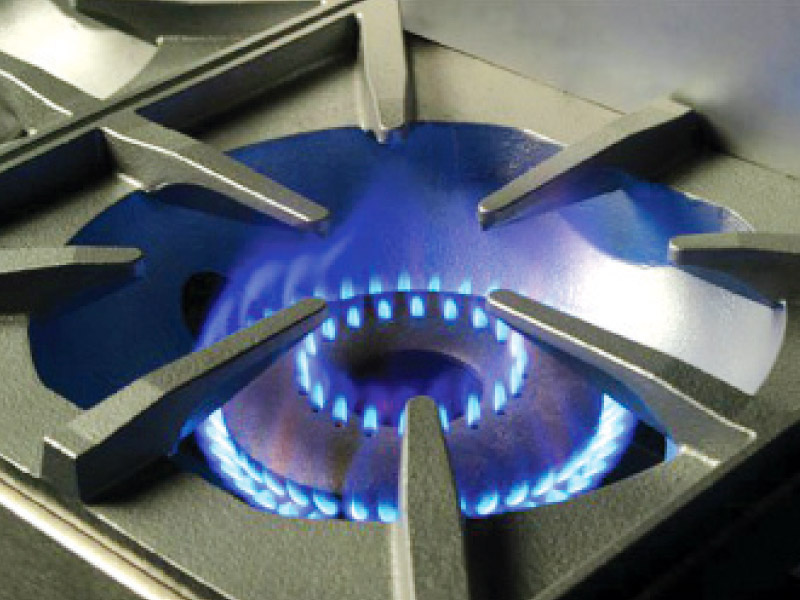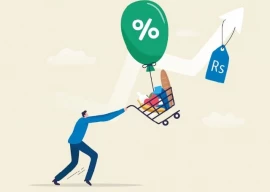
The recent gas price reduction has rekindled the interest of domestic fertiliser-makers in export options, especially with rising international urea prices.
Govt intervention destabilises energy market
“The export proposal is still being studied so it could take some time till we actually start exports,” Engro Fertilizers Chief Executive Officer Ruhail Mohammed told The Express Tribune.
“We expect prices to stabilise by then and we will get a fair price. In any case, we will be able to reduce our inventory-holding costs once the surplus is exported.”
Recently, the Economic Coordination Committee (ECC) reduced the gas tariff by Rs200 per million British thermal units (mmbtu) for industrial consumers, which was also applicable to gas fuel for the fertiliser industry.
Analysts say due to persistent glut in the industry with expected inventory of 1.3 million tons at the end of December 2016, the government may potentially allow export of 800,000 tons of urea to ease off the situation.

“With an increase of 17% month-on-month in international urea prices (12% in the last two weeks), courtesy a rally in coal prices, export margins will improve if the current prices stay,” said a recent BMA Research report.
According to the report, Engro Fertilizers and Fatima Fertilizer will take the lead in urea exports with estimated margins of $147 per ton, up 30% from last estimates, and $155 per ton, up 28%, respectively.
“It’s definitely going to provide some respite from the current inventory glut faced by the domestic urea manufacturers,” said Mohammed when asked about the impact of gas price cut.
It is also important to understand that gas price changes are not necessarily reflected in the urea price. For instance, the last urea price increase made in September 2015 due to a gas price increase had to be taken back by urea manufacturers due to poor crop economics and weak farmer demand, he added.
No relief for Punjab despite gas price cut
In the current situation, he said, it was the actual demand and inventory that was driving urea prices instead of the cost of production, which was staying below the cap of Rs1,400 per bag.
Domestic fertiliser-makers produce approximately 4.5 million tons of urea per year whereas the demand stands at 6 million tons. The gap of 1.5 million tons is met through subsidised imports.
Mohammed said year 2016 started with an inventory of 0.5 million tons of urea and it had remained close to 1.5 million tons throughout major portion of the year.
The year-end number is also expected to be higher than 1 million tons. These inventory numbers are unprecedented.
Owing to gas availability and LNG imports into the country, all urea manufacturers operated more or less throughout the year. However, the demand remained exceptionally low because of poor crop economics that further aggravated urea glut in the country.
Going forward, he said, there were several variables which could change things. For instance, due to subsidy and reduction in fertiliser prices, farm economics is expected to pick up so the demand could be much higher.
Secondly, with rising crude prices, the cost of LNG-based urea manufacturers could increase, he added.
The writer is a staff correspondent
Published in The Express Tribune, December 5th, 2016.
Like Business on Facebook, follow @TribuneBiz on Twitter to stay informed and join in the conversation.


1731329418-0/BeFunky-collage-(39)1731329418-0-165x106.webp)














COMMENTS
Comments are moderated and generally will be posted if they are on-topic and not abusive.
For more information, please see our Comments FAQ